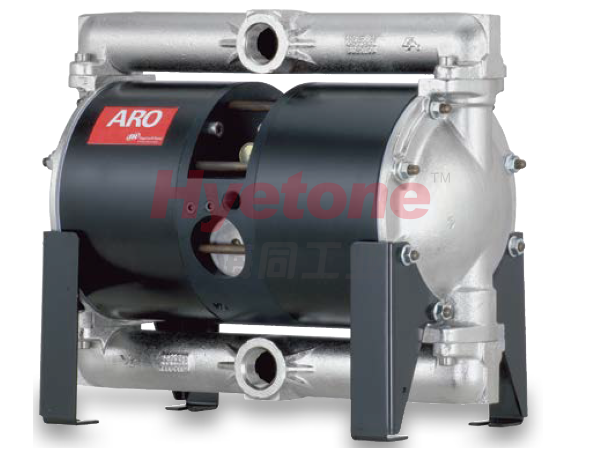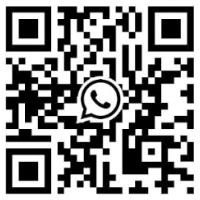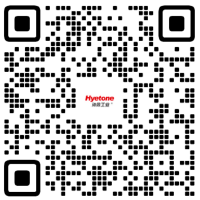Technical Background
Before deep learning algorithms came out, for vision algorithms, it can be roughly divided into the following 5 steps: feature perception, image preprocessing, feature extraction, feature screening, and inference prediction and recognition.
In the early days of machine learning, features were of little concern in the dominant statistical machine learning community. Deep learning is an aspect of machine learning techniques supported by artificial neural networks. Deep learning techniques work by teaching machines to learn by example. By providing the neural network with labeled examples of specific types of data, common patterns between these examples can be extracted and then converted into mathematical equations. This helps in categorizing future information. With visual detection techniques, the integration of deep learning algorithms can differentiate between parts, anomalies, and characters, simulating human visual detection while running a computerized system.
So what exactly does this mean? Take an example. To create visual inspection software for automotive manufacturing, you should develop a deep learning-based algorithm and train it using examples of defects that must be detected. With enough data, the neural network will eventually detect defects without any additional instructions. Deep learning-based visual inspection systems excel at detecting defects that are complex in nature. They can not only address complex surfaces and cosmetic defects, but also generalize and conceptualize the surfaces of complex parts.
In recent years, as the competition between China and the United States in the field of science and technology is becoming more and more intense, the "new quality productivity" with independent intellectual property rights is getting more and more attention, and new breakthroughs have been ushered in the field of industrial-grade measurement technology, and a kind of a priori pure visual perception technology has been innovatively applied in the field of catheterization measurement, which is a kind of perception and understanding technology based on pure visual information. This technology is a pure visual information based on perception and understanding of the technology. It does not rely on any a priori knowledge or a priori model, but only through the analysis and processing of the input image to obtain an understanding of the image content. AMB Tube-Q catheter digital measurement system can cope with complex catheter measurement scenarios, to meet the requirements of catheter manufacturing enterprises for high-precision measurement (0.01mm), high-efficiency inspection, product inspection, shaped tube inspection, non-contact inspection, data traceability, digital management and so on. management, digitalization, etc.
Catheter is an important part of complex electromechanical products in modern aviation, aerospace, automotive and other industries, widely used in the industrial field, known as "industrial blood vessels", especially in the aviation engine is more significant. Engine on the dense piping is mainly divided into fuel pipe, lubricating oil piping, actuator or control valve piping, gas pipe, ignition and sensor cable, responsible for fuel, coolant, gas, control signals, etc. to the designated parts or control valves, and its reliability is directly related to the performance of the whole machine and life. Ensure that the three-dimensional dimensions of the elbow space, interface dimensions and sealing surface accuracy is very critical, fast and accurate measurement of the elbow is to ensure its precise assembly, stress-free installation and effective sealing of the core technology.
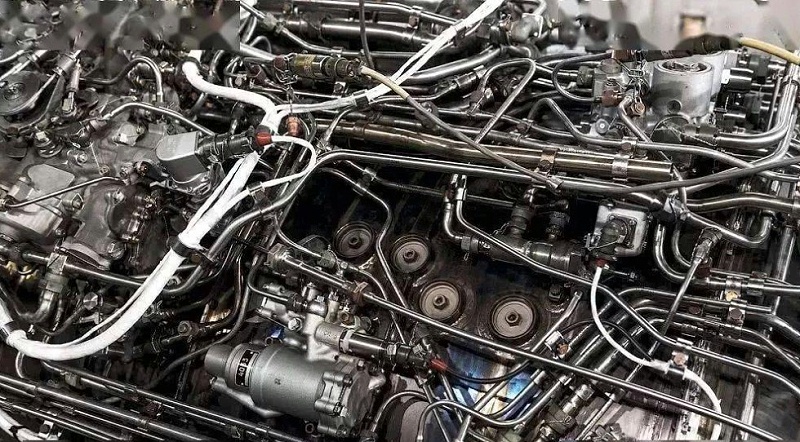
However, due to the catheter in order to match the high integration of the assembly, the form is usually the shape of different diameters, complex body shape, curvature of a variety of, so that to the pipeline measurement has brought a huge challenge, and nowadays the products are in the direction of high integration of precision manufacturing, the parts of the higher and higher precision requirements, the traditional measurement technology has become more and more difficult to meet the needs of modern production.
In the field of catheter production, the main limitations of conventional measurement techniques are as follows:
1, quality inspection results qualitative, low tooling flexibility;
Traditional conduit size inspection relies on various types of measuring calipers, gauges, due to the conduit often exists in different bending directions, bending arcs at the point of inaccuracy, resulting in quality inspection personnel can not accurately measure the bending pipe in all directions of the linear dimensions, the bending angle, the bending radius, the first and last interface positional tolerances and other key dimensions and accuracy, measurement of time-consuming and laborious.
Measurement using the gage requires parts specifications and gage one-to-one correspondence, manual release, manual measurement, can be measured by the gage decision, in order to match the different specifications of the product, the need to customize the development of a variety of gages, the cost is not expensive, while the need for regular maintenance, occupies a large amount of space for storage, a lot of factories gage stacked up, the regular gage no specific test data output, only through the shape of the catheter and the gage to do a qualitative judgment of the match, no specific deviation quantitative parameters, no specific deviation quantitative parameters. No specific deviation quantitative parameters, while the detection of generality, poor flexibility.

2, serial production, assembly and matching low efficiency;
In the traditional industrial production of aircraft development system, due to the catheter without digital measurement, pre-assembly quality inspection link can not be accurately informed of the parts tolerance size, can only rely on the adaptive serial assembly, and then expose the catheter of various types of size and accuracy and other issues, need to be repeatedly adapted, i.e., the production of the catheter serial in the engine assembly process, the catheter is also a serial relationship, resulting in the catheter production cycle is long, and has become a limitation of engine This has led to a long production cycle for the catheters, which has become a bottleneck limiting the engine's production capacity.
State of the art and limitations of modern 3D vision measurement techniques:
1, the current state of the art;
The four mainstream 3D vision measurement technologies in the current market are binocular imaging, 3D structured light, TOF time-of-flight method, and laser triangulation. binocular vision is based on the principle of human binocular recognition, the system structure is simple, but the amount of computation is large, the calculation is complex, and the accuracy of the measurement is poor for the scene of dark light or overexposure. the TOF time-of-flight method has the advantages of correspondingly fast, simple software, and long recognition distance, but the Low resolution, poor imaging, and high hardware cost.3D structured light measurement is simple in calculation, high in accuracy, and can measure for low light environment, objects without obvious texture and shape change, also subject to structured light hardware investment and high cost. Laser triangulation method has high accuracy in short-distance measurement, and the accuracy decreases as the measurement distance increases.
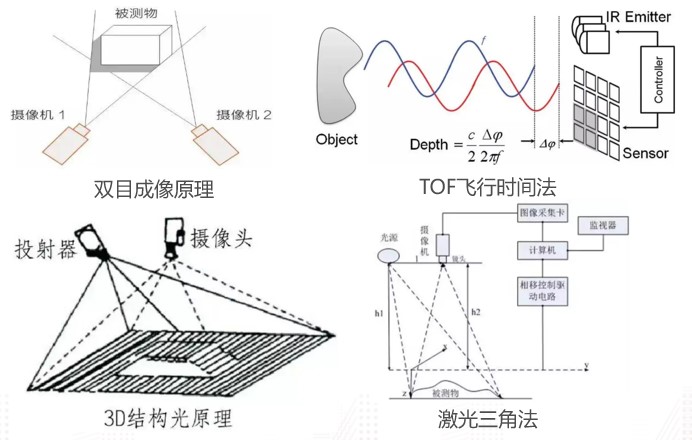
2, limitations;
The market mainstream vision measurement products have their own strengths and weaknesses, subject to various foreign core supporting hardware and software price limitations, the whole set of vision system cost is high, a set of 3D vision measurement system price of up to millions of dollars, for the general entity of the manufacturing industry price is not friendly. Therefore, the integration of 3D vision measurement technology and algorithms, reduce hardware configuration and software localization, independent and controllable is the key to help intelligent manufacturing and digital production.
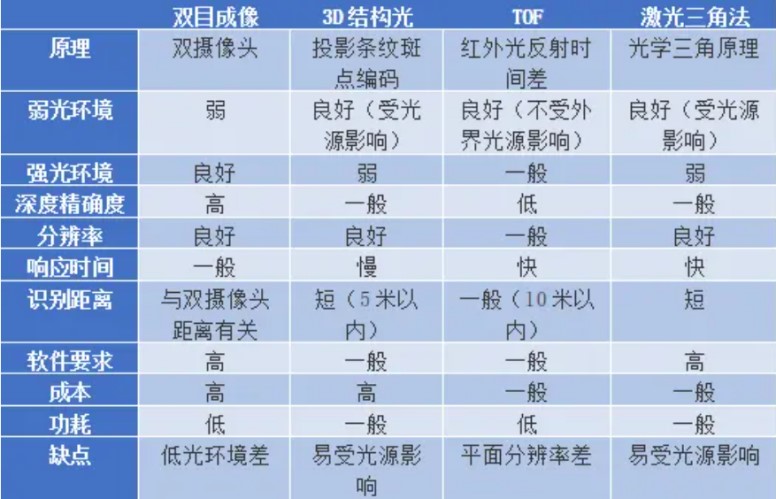
How the Tube-Q Catheter Digital Measurement System efficiently solves industry problems:
1. Introduction of Catheter Digital Measurement System;
Based on the background of intelligent manufacturing and digital production, in the field of IoT machine vision technology Hai Tong Industry has launched its own new domestic alternative technology-AMB Tube-Q Catheter Digitizing Measurement System, which is mainly based on the ™ Vision Measurement Technology, which is independently researched and developed by Hai Tong Industry with full independent intellectual property rights, and can be applied to all kinds of assembly guidance It can be applied to various assembly guidance, quality inspection, visual error prevention, disorderly gripping and loading and unloading and other production processes.
AMB Tube-Q Catheter Digital Measurement System is based on the visual recognition of "object", integrating the advantages of various visual measurement technologies, the recognition technology is more in line with the standards of the modern industrial industry needs, with a higher recognition rate and better fault tolerance and anti-interference characteristics, and has a strong cross-platform and portability, greatly improving the processing Upper limit. And has completely independent intellectual property rights, does not rely on any third-party high-configuration hardware, software developed independently, upgrades and security issues can be controlled independently. ™ Machine vision technology, give the machine two eyes - the use of vision systems, using images for positioning calculations, through the correction algorithm, AI intelligent learning, the use of traceability, upsizing calibration, intelligent edge enhancement and display pattern measurement to determine the specific object category and external dimensions, to achieve the precise positioning of equipment and workpieces, and even to carry out safety obstacle avoidance protection, accurate detection and other operations. In high-precision scenarios, the accuracy can be up to 0.01mm, and it also has broad applications in the field of vision measurement and vision inspection.
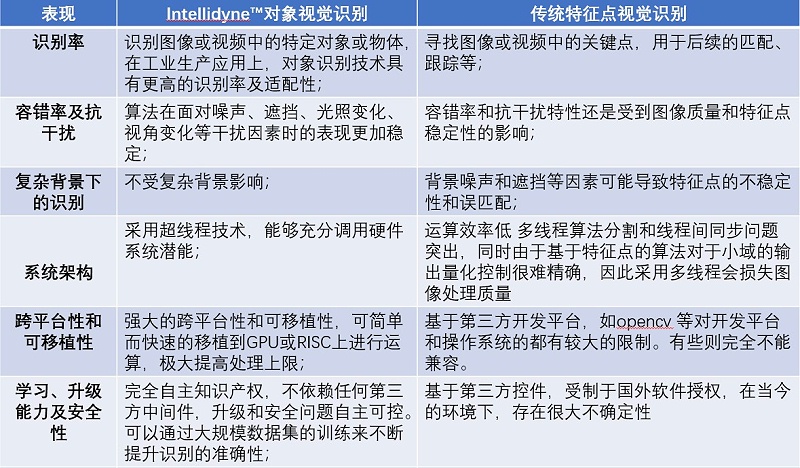
2、Catheter digital measurement system can meet which modern catheter production needs;
AMB Tube-Q 3D catheter digital measurement system is based on AMB 3D vision technology, specially developed for catheter measurement, which is suitable for all kinds of catheter 3D measurement, and has absolute technical advantages compared with the visual measurement based on the feature point, realizing the 3D high-precision and digital measurement of catheter, and solving the pain points of traditional catheter measurement and production in various industries, and effectively solving various problems encountered by catheter measurement. Can effectively solve the various problems encountered in catheter measurement.
a. Non-contact measurement
Non-contact measurement to quickly capture the image of the fittings, access to the shape of the fittings, suitable for a variety of standard bends, irregular bends, flexible hose precision measurement.
b. Efficient Inspection
Measurement only need to place the parts in the measurement unit, the tube does not need positioning clamping, only a few seconds to complete the measurement.
c.High precision measurement
In the scenario of high precision requirement, the accuracy can reach 0.01mm.
d、Data Traceability
Contactless automatic scanning, automatic modeling, automatic comparison, automatic reverse generation of physical 2D drawings and output deviation reports, real-time binding and traceability of inspection data and products.
e. Digital management
Measurement of a key in place, digital output and display. Measurement system has a powerful feature and detail acquisition ability, in the measurement of the performance of the effective enhancement at the same time, can also be fully integrated with the industrial robot processing station, to achieve high-efficiency automated inspection function, the measurement becomes more simple.
f. Full product inspection
Traditional inspection for mass production of pipes, can not do a full inspection, and the quality is not controllable, supporting the digital measurement system, the production of pipe fittings in all processes, the final inspection 100% full inspection to ensure product quality.
g. Shaped pipe inspection
Effectively solve the problem that traditional inspection tools can not detect multi-branch or shaped pipe fittings, and can accurately detect the key dimensions of pipe end flare taper and radius, angle, etc., to meet the quality inspection accuracy requirements;
Other applications of Tube-Q 3D conduit digital measurement system:
1, pipe fittings reverse modeling;
For all types of tubing without reverse modeling, assembly sampling, physical disassembly and other non-standard fittings, rapid reverse modeling, restore the physical 2D drawings, for iterative processing and manufacturing.
2, bender tuning and third-party inspection reports;
Product specification update or new specifications of the product on-line process, the need to adjust the machine according to the actual material, process, etc. from time to time, the process is cumbersome and can not be quantified, supporting the 3D digital measurement system, real-time measurement of tuning products, based on the measured data to calculate the adjustment parameters to improve the efficiency of equipment tuning, while in the bending machine delivered to the customer before the trial production process, you need to provide the performance of the bender report, the traditional testing methods can not quantitatively verify the performance indicators, need third-party assistance, and third-party inspection reports. Performance indicators, the need for third-party assistance, supporting the measurement system, you can directly derive the performance parameters, generate test reports.
3, the flexible production of bulk automation of pipe fittings;
In the conduit automation parallel production line, through the 3D digital measurement of real-time access to the conduit of each process measurement data, through virtual calculations to determine the conduit of each process allowance and processing value, matching CNC pipe bender on the bending angle of automatic correction, laser cutting machine tools on the allowance of automated cutting, the use of automatic grinding robots for flexible, quantitative grinding, and at the same time the application of automation of welding, weld automation and identification of welding seam detection At the same time, it applies automated welding, weld seam automated inspection and identification technologies to carry out welding, weld seam inspection and other conduit manufacturing work, and conducts the heaviest digitized measurement and inspection before rolling off the production line, so as to bind the final inspection data with the conduit one by one and realize the batch automated and flexible production of conduits.
AMB Tube-Q 3D catheter digital measurement system 5 main technical advantages:
1、No need to locate the clamping, placed to scan, simple and efficient;
The measurement system is equipped with a workpiece placement platform, manual or robotic placement of the measurement workpiece on the measurement table, automatic identification and access to the measurement workpiece program, automatic scanning and measurement, without the need to rely on experience to operate
;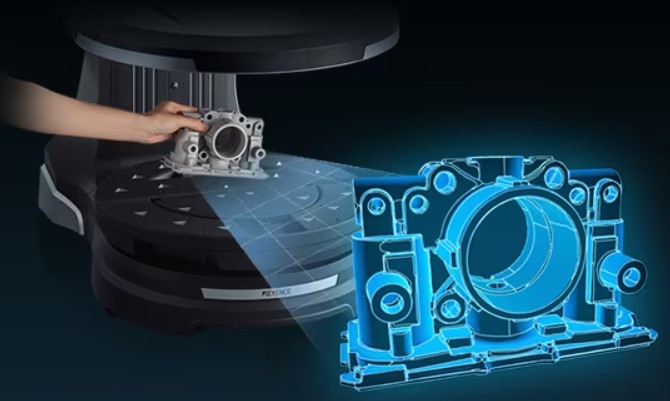
2. 高精度识别;
三维视觉系统可精确识别特定的预设对象,精度可达 0.01 毫米,远高于传统的目标或特征点视觉测量技术,大大提高了生产精度和效率;
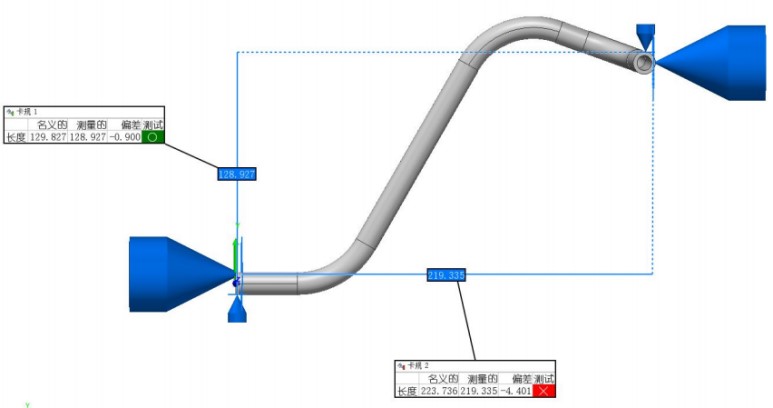
3. Strong environmental utility and good stability;
Distinguished from traditional coordinate measuring equipment, it adapts to the self-heating environment of the factory without establishing a constant temperature and humidity measuring room, and at the same time, it effectively avoids vibration and resists interference from peripheral light, adopts pure blue light and synchronized tracking optical technology, and has a scanning rate of up to 1,900,000 measurements/second, and its accuracy is not affected by robots, guide rails, and other factors.
4. Infinitely expandable, compatible with different products;
According to different workpieces can automatically establish the measurement system, no need for secondary development, parameterized input and change, compatible with the measurement of various types of specification products;
5. automatic generation of inspection data, inspection report and 2D drawing, automatic data transmission and MES interaction;
Measurement data automatically reverse modeling, automatic generation of 2D drawings and comparison reports, all measurement data automatically save data, convenient for later traceability and analysis, to ensure the traceability of production, and is conducive to the enterprise to carry out refined management.
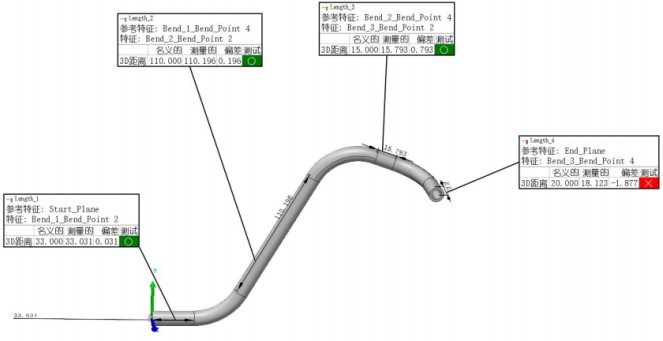
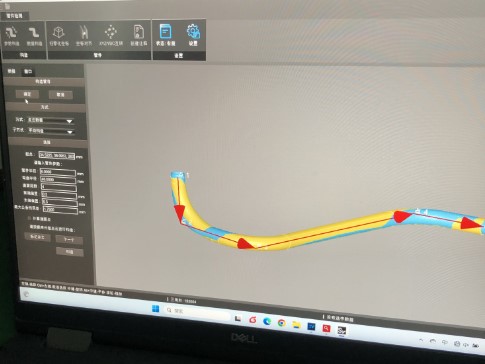
Hyetone Industry has been working in the field of digital manufacturing and production for many years, helping the tube bending industry intelligent manufacturing and digital production, and empowering production. At present, the AMB Tube-Q 3D tube digital measurement system of Hai Tong Industry has been successfully applied to various automotive tube bending, aviation tube bending and tube bending parts manufacturers based on stable measurement accuracy and high cost-effective investment. Next, the enterprise will also actively promote the application of AMB Tube-Q 3D conduit digital measurement system in aerospace, automotive, automation and other production, to provide systematic, customized, one-stop piping solutions and services, to replace the imports, to respond to the "new qualitative productivity" call, and to contribute to the development of China's industry.
For product details or to inquire about dealer channel prices, please call the product service hotline +86-400-018-2086 or add customer service WhatsApp.

丨Hyetone Industry
Guangzhou Hyetone Industrial Technology Co., Ltd. is a leading high-end intelligent equipment high-tech enterprise integrating R&D, design, manufacturing and marketing in China. Over the years, it has been recognized as a high-tech enterprise in Guangdong Province, Guangdong Province Intelligent Human-Machine Interaction Exoskeleton Engineering Technology Research Center, Guangdong Province Robotics Backbone (Cultivation) Enterprises, Guangdong Province Specialized and Specialized New Enterprises, and Guangzhou Municipal Research and Development Institutions. Focusing on the use of machinery and intelligence to empower industrial workers, with fluid power technology as the basis for innovation, the company adopts a differentiated competitive strategy in the mid-end and high-end intelligent equipment market segments, forming a "human-machine interaction core" with "ergonomics, morphology, motion capture, motion recognition, tactile interaction, life monitoring, simulation" and other "human-machine interaction core" products. "The core technology of human-machine interaction integrates the power of human body and machinery, reduces the burden of physical energy and amplifies the output of physical energy, and combines with the Intellidyne 5G Internet of Things platform to grasp the labor situation in real time and promote high-efficiency production.
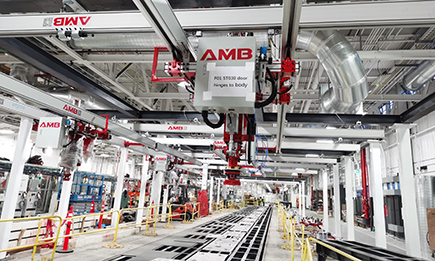





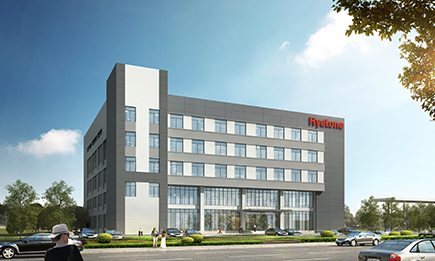
 Tel.
Tel. 










